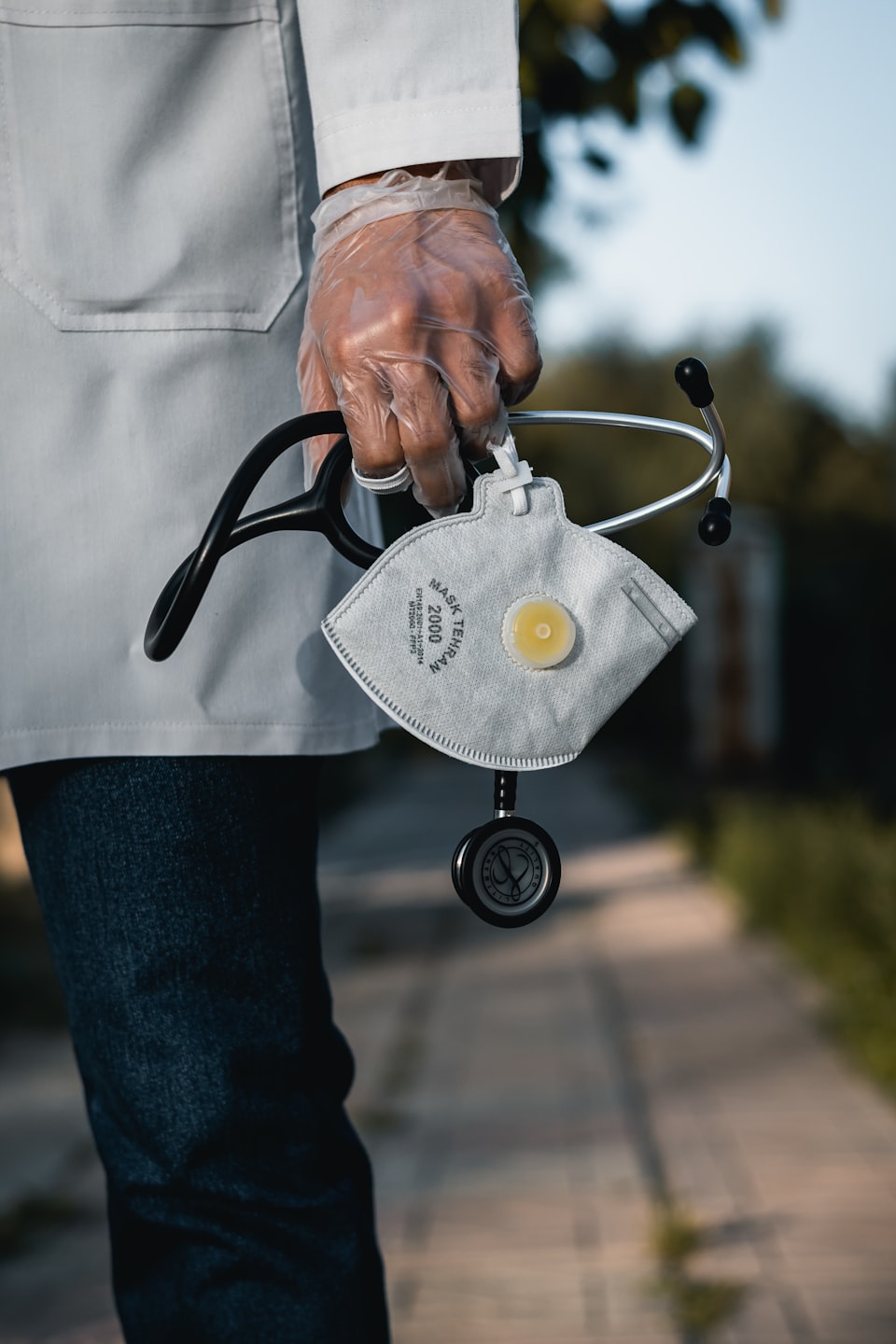The Parallax View #130 - Ch-ch-changes, and our new focus

One of the saddest and most remarkable stories at the intersection of medicine and cybersecurity happened in September. German authorities blamed the death of a woman at the University Hospital of Düsseldorf on a ransomware attack that disabled the hospital’s computers and, in turn, her potentially life-saving treatment there. Doctors attempted to transfer her to another medical facility 19 miles away, and she died en route.
German prosecutors ultimately decided that because of the high burden of proof, they couldn’t charge the hackers with her death. Yet it is safe to say that hackers tried, and a patient died.
The incident wasn’t a surprise to most experts who work or follow the intersection of cybersecurity and medicine. For years, experts have touted studies warning that ransomware attacks impede care, and that delayed care puts patients’ lives at risk—from those of our friends and families to those of politicians we detest. When cyberattacks against medical facilities are normalized, everybody is impacted.
For The Parallax View, a deeper focus
I look at solving problems through a journalist’s lens. Over the course of my 43 years, I have observed journalists becoming less and less capable of impacting the decision-making processes of their readers. What power does an 800-word story outlining privacy issues at Facebook have against Facebook’s bazillions of marketing dollars? Yet journalism, from deep investigative reports to prattlings of arrogant reporters, has wielded significant influence over the likes of Facebook, Google, and other computer technology and political juggernauts.
Starting today, as we send the 130th edition of The Parallax View, we’re overhauling how The Parallax publishes. We will be focusing on cybermedical issues, published first in this newsletter. As is the way of online journalism and newsletter management in the year 2021, we will be switching our newsletter-publishing platform from MailChimp to Ghost, which is similar to Substack but offers more options to self-publishers who already have a publishing presence online. (Free editions of the newsletter will still be published on The Parallax site.)
I expect patient advocacy to be a big part of this new direction. Because we will all end up needing health care one day, these issues impact all of us. We need to take a closer look at what’s at stake. It’s simply not enough to report about past incidents of ransomware attacks against hospitals or other health care systems. That’s basically slamming the barn door after the horses have bolted.
A sampling of questions we will shine a light on:
- What does it mean for my health when my nearest hospital has been hit by ransomware?
- What are insurance networks doing to protect patient data?
- Can I trust Google’s contact lenses?
- What risks do I face when using a 3D-printed prosthesis?
- How does changing my gender put me at greater risk of cyberattack?
- Why has the FDA taken so long to approve an artificial pancreas?
- Can I trust this pacemaker?
- What is bioinformation, and what can keep it secure?
- The Covid-19 pandemic has made telemedicine commonplace. Where is it taking us?
- How do new government policies affect my personal life and work?
There are hundreds more questions like these, and their answers may shift over time, as technology and people change. We want to hear—and seek answers to—your questions too. It’s clear to me that cybermedical issues—past, present, and future—need more focused journalistic attention, and I’m ready to focus on them.
The content and format of Parallax View newsletters will vary. We’ll have news features, news analysis, Q&As with experts and controversial figures, and guest columns. Given our affinity for telling compelling stories through mixed media, you can also expect photo galleries, videos, and audio interviews.
Our first feature, publishing tomorrow, explores what happens when good policy intentions result in behavior that might make us feel safer but, for various reasons, actually makes us less safe. In the aftermath of 9/11, we were introduced to security theater. During the pandemic, we are inundated with hygiene theater. Then on Friday, I look at the brief and complicated history of Covid contact-tracing apps.
As with all stories published on The Parallax since 2015, the newsletter will continue to be edited by Zoë Slocum. This may make The Parallax View the only edited independent newsletter in the world. I’ve worked closely with Zoë for five years, and even further back into our days at CNET, where she served as copy chief and Blog Network manager. I strongly believe that journalism is at its best when enhanced by tough editing. And, as anybody who’s worked with her knows, Zoë is one of the toughest editors around.
We plan to publish twice a week on Tuesdays and Fridays. The first month will be free to everyone, including our current subscribers. After March 31, free subscribers will get one newsletter per week. For $10 per month, paying subscribers will get two newsletters per week, along with occasional bonus content. You can subscribe here.
If you want to purchase multiple subscriptions for your employees, friends, or family members, or if you represent an organization that would like to sponsor the newsletter, please contact me directly at seth@the-parallax.com. For every 10 subscriptions, we will offer a free subscription to a deserving member of the cybermedical community.
Send me your tips, questions, suggestions, and feedback at seth@the-parallax.com, or securely on Signal at 415-730-3194.
Seth Rosenblatt
Editor-in-chief, The Parallax
Follow us! Twitter | Facebook | LinkedIn
